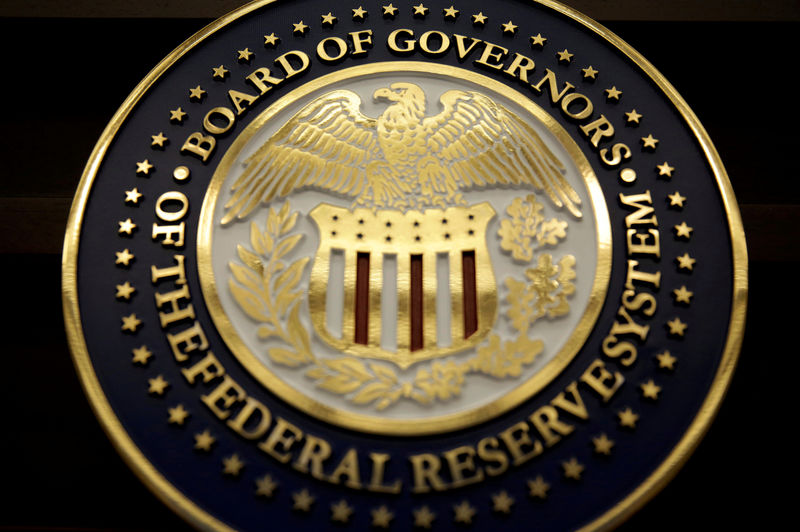
As US inflation remains above target, the Swiss Re Institute expects the Fed will induce a recession in 2023 to avoid a de-anchoring of inflation expectations.
The Institute states that the drivers of inflation persistence include an imperfect measure of shelter costs, resilient household balance sheets, and lingering labour market tightness.
Headline and core consumer price inflation moderated to 7.7% and 6.3% in October, but aggregated annual measures mask underlying trends.
The report cites shelter inflation, which is responsible for 32% of the headline consumer price index (CPI) and 41% of the core index, which is rising at an annualised pace of 9.6%.
Although house prices peaked in March, there has historically been a 12-month lag in house prices feeding through to the CPI, signalling further upward inflation pressure into Q1 2023.
A time lag is also an aspect of the rental market, though the impact here is more uncertain.
The CPI measure of shelter is a six-month moving average of changes that households pay in new and existing rental leases, not a real-time reading, it takes time for existing lease rates to catch up with new rents, which may delay the peak in rental inflation into 2H 2023.
Though shelter-related uncertainty will underpin sticky services inflation, there has been mounting disinflation in food, energy, and core goods representing about 40% of the CPI basket.
With strong nominal wage growth and an elevated savings buffer, consumer demand has played a key role in sustaining inflation pressures since May not least as overall leverage remains low, with household debt service ratios remaining modest in 1H 2022.
While mortgage rates have surged 400 basis points to greater than 7% this year, just 3.6% of households are locked into adjustable-rate mortgages relative to 25% heading into the global financial crisis of 2008-2009.
This suggests that worsening housing affordability will not arrest spending to the same degree as the global financial crisis of 2008-2009, leaving the Fed to target income growth to reduce consumption.
Stubborn inflation will continue to be a headwind to non-life insurance profitability, with price pressures also feeding into higher claims.
On the topic of lingering labour market tightness, the Institute is sceptical that the labour supply will fully recover.
The implication is more persistent wage growth as firms are pressured to offer higher compensation to fill vacancies, currently hovering at 10.7 million.
As inflation remains high and wage pressures percolate, the Fed will be forced to remain aggressive in 2023, front-loading rate hikes to stymie a wage-price spiral and keep inflation expectations anchored.
Looking past near-term considerations, we see elevated risk of structurally higher inflation even after the current downturn and when the tightening cycle ends.
Underlying factors include de-globalisation, friend shoring of supply chains, a reversal of low-cost labour, and the green transition of the economy.
While the Fed will have its work cut out, the European Central Bank arguably faces a more complex task. This is because Europe’s inflation dynamics are driven more by non-core food and energy prices, and these are insensitive to rising interest rates.
There are no good options for either central bank – what is clear is that inflation will continue to force the hand of policymakers as recession risks escalate.
by Yana Keller




